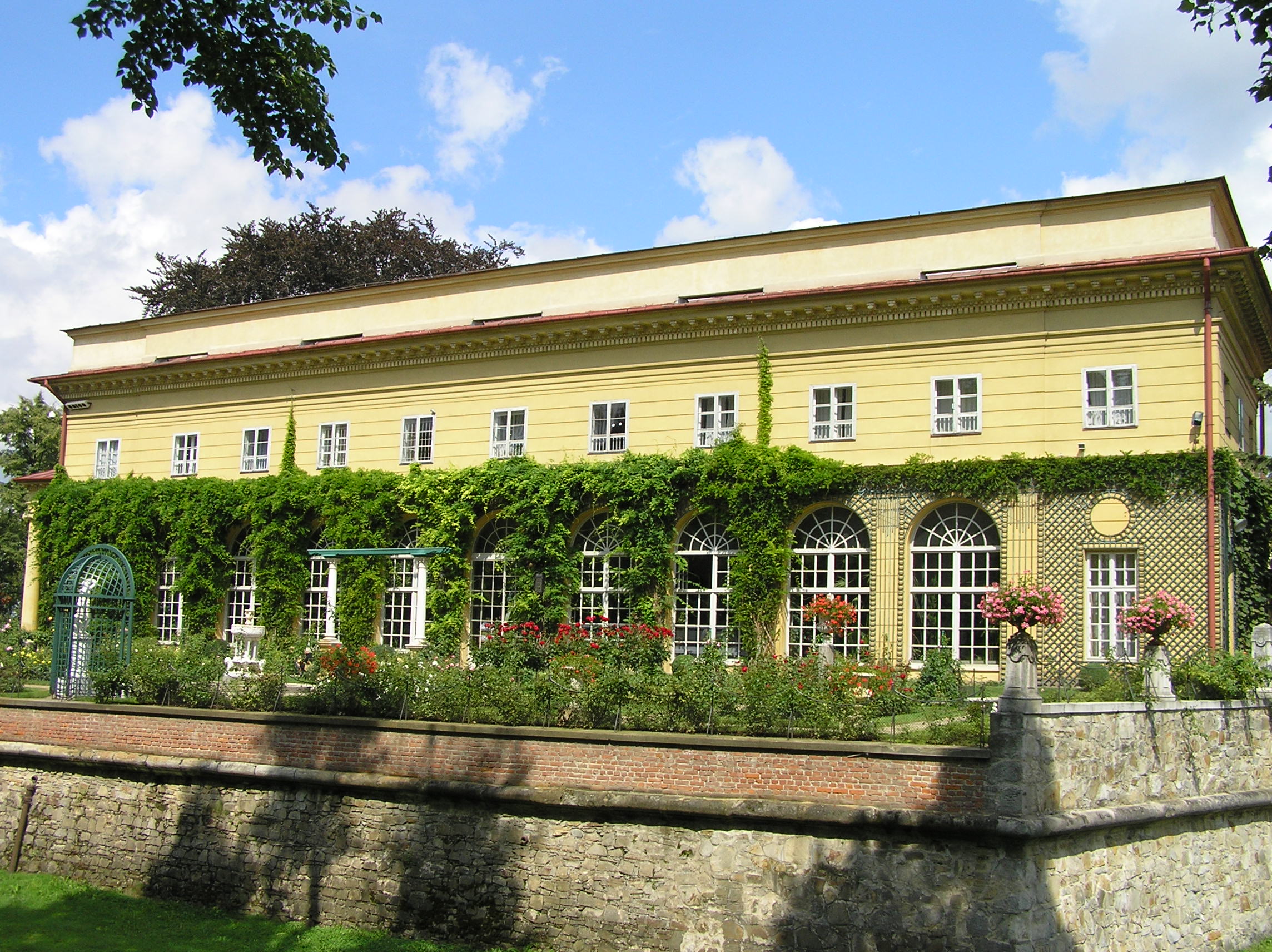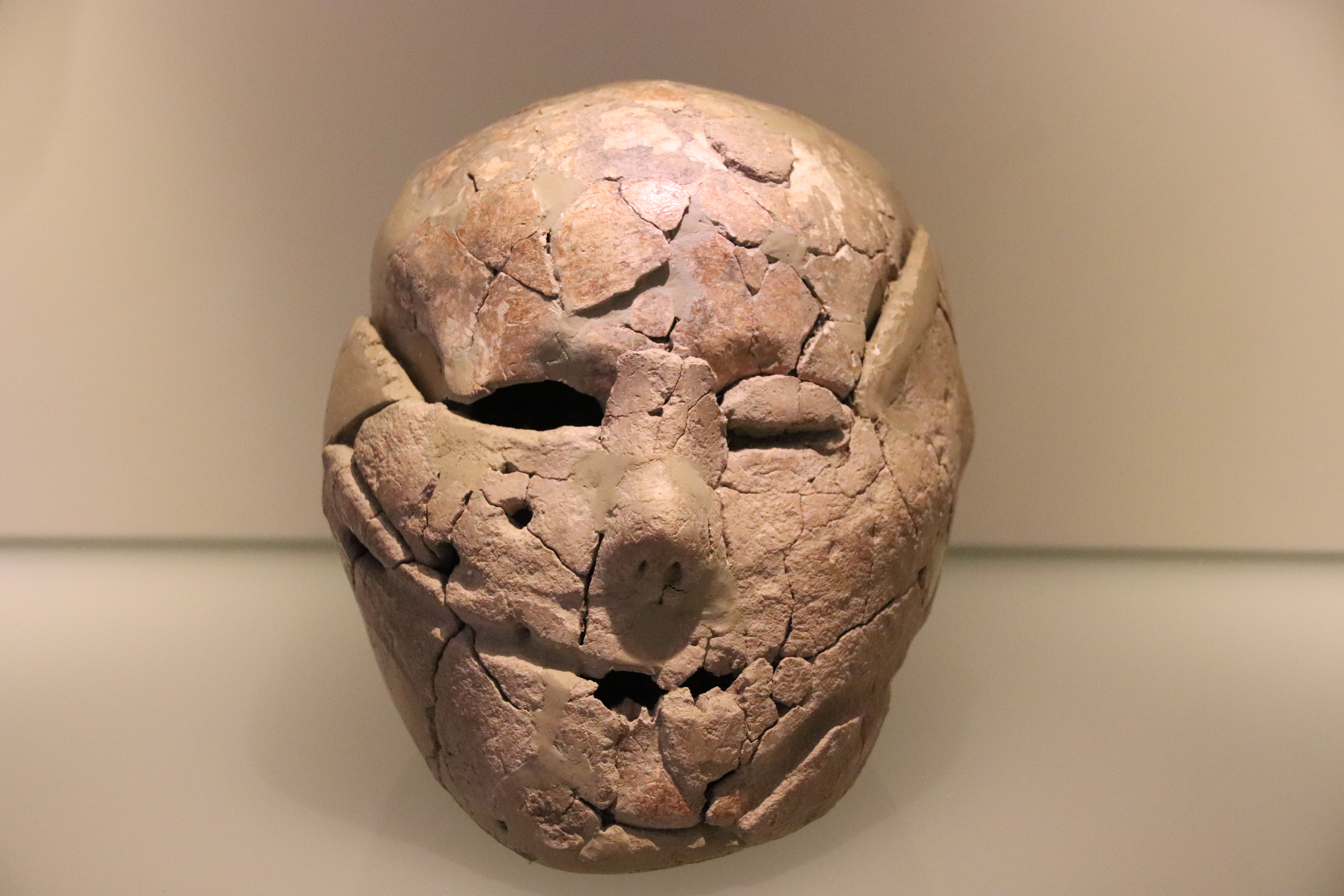|
Self-portrait At An Easel (Sofonisba Anguissola)
''Self-portrait at an Easel'' is a c.1556-1565 oil on canvas painting by Sofonisba Anguissola, now in Łańcut Castle. From the same era as ''Self-Portrait at a Spinet'' (Naples) it shows the artist painting a devotional canvas and is one of a group of self-portraits which also includes ''Self-Portrait'' (Vienna) and '' Miniature Self Portrait'' (Boston).Anthony Bond, Joanna Woodall, ''Self portrait: Renaissance to contemporary: National portrait gallery, London; Art gallery of New South Wales, Sydney'', London, National Portrait Gallery, 2005, SBN IT\ICCU\MOD\0975503. Con testi di T. J. Clark, Ludmilla Jordanova, Joseph Leo Koerner. References {{Authority control Anguissola Anguissola Self The self is an individual as the object of that individual’s own reflective consciousness. Since the ''self'' is a reference by a subject to the same subject, this reference is necessarily subjective. The sense of having a self—or ''selfhood ... 1550s paintings 1560s paintings P ... [...More Info...] [...Related Items...] OR: [Wikipedia] [Google] [Baidu] |
Sofonisba Anguissola
Sofonisba Anguissola ( – 16 November 1625), also known as Sophonisba Angussola or Sophonisba Anguisciola, was an Italian Renaissance painter born in Cremona to a relatively poor noble family. She received a well-rounded education that included the fine arts, and her apprenticeship with local painters set a precedent for women to be accepted as students of art. As a young woman, Anguissola traveled to Rome where she was introduced to Michelangelo, who immediately recognized her talent, and to Milan, where she painted the Duke of Alba. The Spanish queen, Elizabeth of Valois, was a keen amateur painter and in 1559 Anguissola was recruited to go to Madrid as her tutor, with the rank of lady-in-waiting. She later became an official court painter to the king, Philip II, and adapted her style to the more formal requirements of official portraits for the Spanish court. After the queen's death, Philip helped arrange an aristocratic marriage for her. She moved to Sicily, and late ... [...More Info...] [...Related Items...] OR: [Wikipedia] [Google] [Baidu] |
Łańcut Castle
Łańcut Castle is a complex of historical buildings located in Łańcut, Poland. Historically the residence of the Pilecki, Lubomirski and Potocki families, the complex includes a number of buildings and is surrounded by a park. The castle is one of Poland's official national Historic Monuments ('' Pomnik historii''), as designated September 1, 2005, and tracked by the National Heritage Board of Poland. Owners In the second half of the 14th century, the land was the property of the Toporczyk family, who built a wooden castle on the hill. In the 16th century the castle belonged to Stadnicki family. Since the 17th century, the property was in the hands of the Lubomirski family, and then the Potocki family until 1944. History The castle was originally built in the second half of the 16th century, but was later modernised into a palace-residence by its owners. It was once home to two greatest Polish families – first, until 1816, the Lubomirski family, and later – until 194 ... [...More Info...] [...Related Items...] OR: [Wikipedia] [Google] [Baidu] |
Self-Portrait At A Spinet
''Self-Portrait at a Spinet'' is an oil-on-canvas painting by the Italian artist Sofonisba Anguissola, from ''c.'' 1555. It is held in the National Museum of Capodimonte, in Naples.Flavio Caroli, ''Sofonisba Anguissola e le sue sorelle'', Milan, A. Mondadori, 1987 (Italian) It was in cardinal Fulvio Orsini's collection, which passed to Odoardo Farnese Odoardo Farnese (28 April 1612 – 11 September 1646), also known as Odoardo I Farnese to distinguish him from his grandson Odoardo II Farnese, was Duke of Parma, Piacenza and Castro from 1622 to 1646. Biography Odoardo was the eldest legit ... in 1600. Orsini's collection also included Anguissola's ''Partita'' and two drawings by her. See also * List of paintings by Sofonisba Anguissola References Bibliography * Mina Gregori (coordinator), ''I Campi: cultura artistica cremonese del Cinquecento'', Milan, Electa, 1985 (Italian), SBN IT\ICCU\PAL\0002579. * Flavio Caroli, ''Sofonisba Anguissola e le sue sorelle'', Mila ... [...More Info...] [...Related Items...] OR: [Wikipedia] [Google] [Baidu] |
Self-Portrait (Sofonisba Anguissola)
''Self-Portrait'' is a small oil-on-panel painting by the Italian artist Sofonisba Anguissola, signed and dated 1554 on the open book held by the artist. The portrait is now in the Kunsthistorisches Museum, in Vienna. It was recorded as hanging in Vienna's Belvedere Gallery, already attributed to Anguissola but initially thought to be a portrait of infanta Isabella Clara Eugenia on her betrothal to her cousin Albert VII, Archduke of Austria which had therefore ended up in Vienna. Flavio Carioli also came to this conclusion, but in 1885 Adolfo Venturi cited a letter sent to Ercole II d'Este, Duke of Ferrara in March 1556 by Anguissola's father with two paintings by her, a self-portrait intended for the duke's daughter Lucrezia and a ''Cleopatra'' (after a drawing by Michelangelo, probably a folio now in the Casa Buonarroti). Venturi also recorded that in 1603-1604 cardinal Alessandro d'Este gave some of his paintings to Rudolf II, Holy Roman Emperor. Though no inventory of t ... [...More Info...] [...Related Items...] OR: [Wikipedia] [Google] [Baidu] |
Miniature Self Portrait (Anguissola, Boston)
''Miniature Self-Portrait'' is a small oil-on-parchment painting by the Italian artist Sofonisba Anguissola. It was painted around 1556 and mounted on a medal from the same time. The choice of format is based on Angussiola's knowledge of the works of the famous miniaturist Giulio Clovio. The painting is held at the Museum of Fine Arts, Boston, Museum of Fine Arts, in Boston. Description The miniature depicts a half-bust self portrait of Sofonisba. She is dressed in an austere everyday dress, with her hair in tresses and gathered around her head. Her hands support a round shield with a complex monogram showing the letters that make the name of her father Amilcare: ACEILMR. Circling the monogram there is the following inscription, painted in Latin in capital letters. «SOPHONISBA ANGUSSOLA VIR(GO) IPSIUS MANU EX (S)PECULO DEPICTAM CREMONAE». The portrait is painted with the tip of the brush on a weathered green background. The physiognomy of the face is typical of the self-portrait ... [...More Info...] [...Related Items...] OR: [Wikipedia] [Google] [Baidu] |
Self-portraits
A self-portrait is a representation of an artist that is drawn, painted, photographed, or sculpted by that artist. Although self-portraits have been made since the earliest times, it is not until the Early Renaissance in the mid-15th century that artists can be frequently identified depicting themselves as either the main subject, or as important characters in their work. With better and cheaper mirrors, and the advent of the panel portrait, many painters, sculptors and printmakers tried some form of self-portraiture. '' Portrait of a Man in a Turban'' by Jan van Eyck of 1433 may well be the earliest known panel self-portrait. He painted a separate portrait of his wife, and he belonged to the social group that had begun to commission portraits, already more common among wealthy Netherlanders than south of the Alps. The genre is venerable, but not until the Renaissance, with increased wealth and interest in the individual as a subject, did it become truly popular. [...More Info...] [...Related Items...] OR: [Wikipedia] [Google] [Baidu] |
Portraits Of Women
A portrait is a portrait painting, painting, portrait photography, photograph, sculpture, or other artistic representation of a person, in which the face and its expressions are predominant. The intent is to display the likeness, Personality type, personality, and even the mood of the person. For this reason, in photography a portrait is generally not a Snapshot (photography), snapshot, but a composed image of a person in a still position. A portrait often shows a person looking directly at the painter or photographer, in order to most successfully engage the subject with the viewer. History Prehistorical portraiture Plastered human skulls were reconstructed human skulls that were made in the ancient Levant between 9000 and 6000 BC in the Pre-Pottery Neolithic B period. They represent some of the oldest forms of art in the Middle East and demonstrate that the prehistoric population took great care in burying their ancestors below their homes. The skulls denote some of the earlie ... [...More Info...] [...Related Items...] OR: [Wikipedia] [Google] [Baidu] |
Portraits By Sofonisba Anguissola
A portrait is a painting, photograph, sculpture, or other artistic representation of a person, in which the face and its expressions are predominant. The intent is to display the likeness, personality, and even the mood of the person. For this reason, in photography a portrait is generally not a snapshot, but a composed image of a person in a still position. A portrait often shows a person looking directly at the painter or photographer, in order to most successfully engage the subject with the viewer. History Prehistorical portraiture Plastered human skulls were reconstructed human skulls that were made in the ancient Levant between 9000 and 6000 BC in the Pre-Pottery Neolithic B period. They represent some of the oldest forms of art in the Middle East and demonstrate that the prehistoric population took great care in burying their ancestors below their homes. The skulls denote some of the earliest sculptural examples of portraiture in the history of art. Historical p ... [...More Info...] [...Related Items...] OR: [Wikipedia] [Google] [Baidu] |
1550s Paintings
Year 155 ( CLV) was a common year starting on Tuesday (link will display the full calendar) of the Julian calendar. At the time, it was known as the Year of the Consulship of Severus and Rufinus (or, less frequently, year 908 ''Ab urbe condita''). The denomination 155 for this year has been used since the early medieval period, when the Anno Domini calendar era became the prevalent method in Europe for naming years. Births * Cao Cao, Chinese statesman and warlord (d. 220) * Dio Cassius, Roman historian (d. c. 235) * Tertullian, Roman Christian theologian (d. c. 240) * Sun Jian, Chinese general and warlord (d. 191) Deaths * Pius I, Roman bishop * Polycarp, bishop of Smyrna (b. AD 65 AD 65 ( LXV) was a common year starting on Tuesday (link will display the full calendar) of the Julian calendar. At the time, it was known as the Year of the Consulship of Nerva and Vestinus (or, less frequently, year 818 ''Ab urbe condita'') ...) References {{DEFAULTSORT:155 ... [...More Info...] [...Related Items...] OR: [Wikipedia] [Google] [Baidu] |
1560s Paintings
Year 156 ( CLVI) was a leap year starting on Wednesday (link will display the full calendar) of the Julian calendar. At the time, it was known as the Year of the Consulship of Silvanus and Augurinus (or, less frequently, year 909 ''Ab urbe condita''). The denomination 156 for this year has been used since the early medieval period, when the Anno Domini calendar era became the prevalent method in Europe for naming years. Events By place America * The La Mojarra Stela 1 is produced in Mesoamerica. By topic Religion * The heresiarch Montanus first appears in Ardaban ( Mysia). Births * Dong Zhao, Chinese official and minister (d. 236) * Ling of Han, Chinese emperor of the Han Dynasty (d. 189) * Pontianus of Spoleto, Christian martyr and saint (d. 175) * Zhang Zhao, Chinese general and politician (d. 236) * Zhu Zhi, Chinese general and politician (d. 224) Deaths * Marcus Gavius Maximus, Roman praetorian prefect The praetorian prefect ( la, praefe ... [...More Info...] [...Related Items...] OR: [Wikipedia] [Google] [Baidu] |




